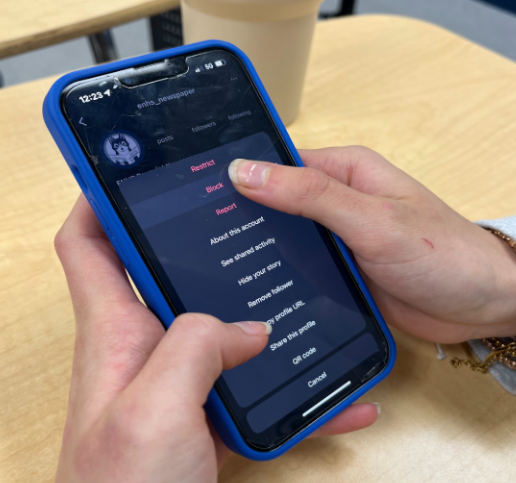The NCAA Transfer Portal was created in October 2018. Its purpose was to make the process of transferring student-athletes to other schools more accessible and faster, and that’s exactly what it did. Many people believe that the new transfer process ruined college sports, but the reality is that the Transfer Portal brought great opportunities for student-athletes.
Some look down upon the Transfer Portal because of its accessibility. Some critics believe student-athletes are making impulsive decisions without the proper guidance because the system makes it easy to do so. Another criticism is that the Transfer Portal also lowers team loyalty because it encourages athletes to consider other programs.
Additionally, the Transfer Portal can have a negative impact on student-athlete scholarships. If a student-athlete transfers, scholarships could be canceled or reduced depending on the program’s decision. Students may not be aware of the impact of joining the Transfer Portal and could be losing more than they gain.
Although there can be negative impacts of the NCAA Transfer Portal, it is widely believed that the positives outweigh the negatives.
The Transfer Portal creates more opportunities for student-athletes. An online database is now available where students can go public with their intentions to transfer, making it much easier for interested schools to contact the athletes directly. Because transfer intentions are announced publicly, schools don’t have to get an athlete’s current coach’s permission to recruit the student. Student-athletes who enter the portal have much more control over where and when they transfer.
This system is much more efficient than the protocol before the Transfer Portal. Previously, schools didn’t know the availability of most athletes and would have to get in contact with their coaches before any talk about a transfer even started.
Not only did the transfer process go from taking days or weeks to only taking a few minutes, but the Transfer Portal also empowered student-athletes to seek opportunities with other programs.
College football quarterback Carson Beck, the four-star recruit from Jacksonville, Florida, was the No. 1 ranked quarterback in high school. He signed with the University of Georgia and was their starting quarterback for five years until his season-ending injury in the SEC championship game against Texas in 2024.
After joining the NCAA Transfer Portal in early 2025, Beck revealed that he would be transferring to the University of Miami for his sixth collegiate year. He was guaranteed a starting position at Miami, and they cut him a deal to make nearly 4 million dollars through NIL, the NCAA’s new Name, Image and Likeness that gives athletes the right to profit from their name.
The NCAA makes nearly 16 billion dollars from Division I sports. NIL provides student-athletes with a chance to earn their slice of the pie, and the Transfer Portal can give them the option to look at other programs that offer even bigger slices. Some schools might provide a larger NIL deal that gives the athlete a greater payout if they were to transfer.
The NCAA Transfer Portal has not ruined college sports; rather, it has empowered athletes by giving them more control over their futures. By streamlining the transfer process, it opens up new opportunities for players to find the best fit for their skills and ambitions, ensuring they can thrive both academically and athletically.








